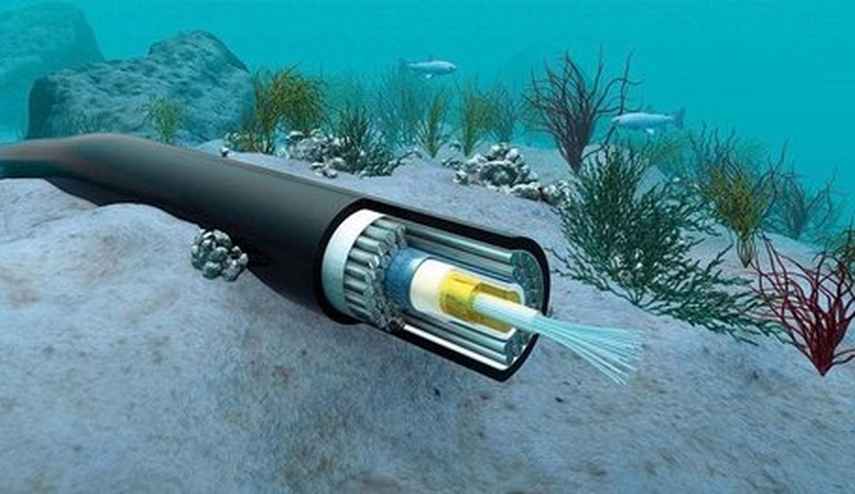The Global Internet is Powered by Vulnerable Undersea Cables. Could This be the End of Cloud as We Know It?

Every time you visit a website, play online games, make a VOIP calls or send an email, data is being sent and received through an intricate undersea cable system that stretches around the globe. The internet is a global network of computers connected together. Every computer that is connected to the Internet is part of this global network, even the computer in your home. These undersea cables are the invisible force driving the modern internet, with funding coming from internet giants such as Google, Facebook, Microsoft and Amazon.
The undersea cables carry a majority of all our communications and yet, most people are oblivious or barely aware that they exist. And since most of cloud data travels over these cables, any disruption to the undersea cables may paralyzed global cloud services unless safety measures are put in place by major tech giants governments around the world.
“We hear a lot of talk about the cloud, for example, and we think of thing nebulous, something in the sky, the cloud is really under the ocean,” said, Jonathan Hiembo, an expert who works for telecom infrastructure company.
Today’s undersea cables were based on technology originally developed in 1858 when Cyrus West Field laid the first transatlantic telegraph cable. It operated for only three weeks but subsequent attempts in 1865 and 1866 were more successful. Today, there are about 380 underwater cables in operation around the world, spanning a length of over 745,645 miles (1.2 million kilometers).
Now according to a new in-depth report by CNN, the modern undersea cable are more vulnerable than ever. Russian President Vladimir Putin is now flexing his military might inside a Russian Navy submersible and some are questioning if Putin is doing more than putting a show under the sea and instead planning to sabotage vital undersea cables.
In a separate report by BBC, the popular broadcasting service questioned the motivation and the possibility of such attack. “The question of whether Russia might undertake such an attack on sea cables is unclear, but the answer is most likely that it would, if it felt it was really necessary. Russia has reportedly conducted widespread hacking and other cyber operations at home and abroad, which some reports attribute to both the Federal Security Service (FSB) and the Army Intelligence Service (GRU),” BBC said.
In February 2008, a whole swath of North Africa and the Persian Gulf suddenly went offline, or saw internet speeds slow to a painful crawl. “This disruption was eventually traced to damage to three undersea cables off the Egyptian coast,” CNN said.
On July 1, a Russian navy submarine caught fire on Monday, killing 14 sailors on board. However, two independent Russian news outlets reported that the vessel was the AS-12 “Losharik,” a nuclear-powered vessel that US officials said was designed to cut undersea cables that keep the world’s internet running. Before the incident, US officials claimed the submarine was designed to tamper with undersea cables, and accused Russia of seeking to intercept or disrupt communications.
Also in 2015, CNN reported that US intelligence officials, using underwater sensors, spotted Russian submarines near key communications cables, along with a spy ship believed to carry small underwater vehicles designed to sever or damage cables.
“It is likely that Russian auxiliary vessels, including tele-operated or autonomous undersea craft, are equipped to be able to manipulate objects on the seafloor and may also carry sensitive communications intercept equipment in order to tap undersea cables or otherwise destroy or exploit seafloor infrastructure,” CNN said citing a 2016 report written by authors from Center for Strategic and International Studies.




